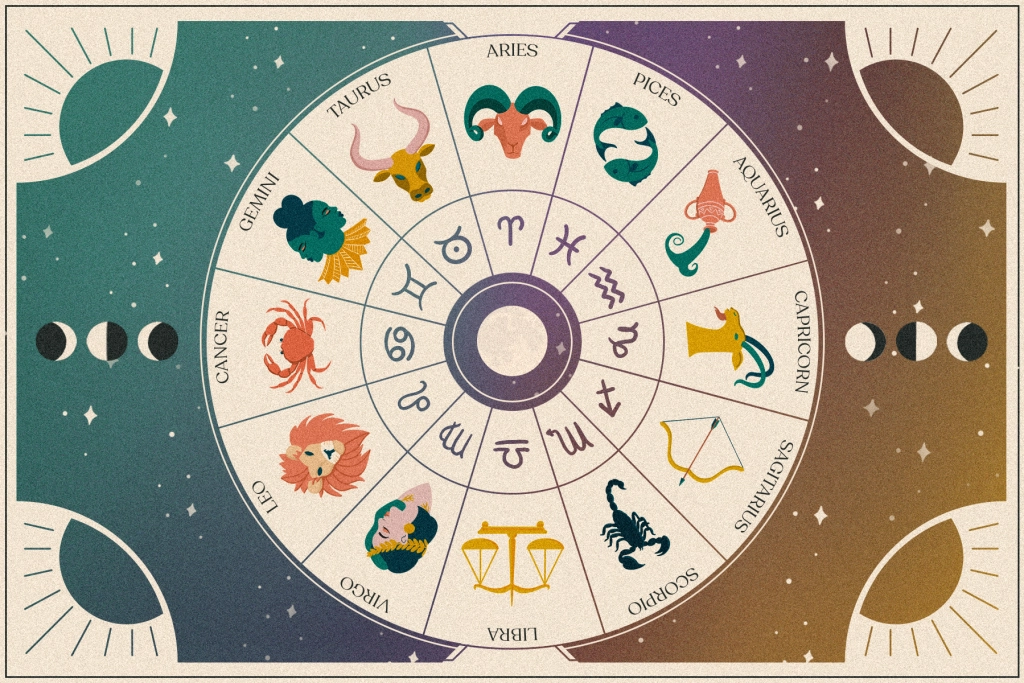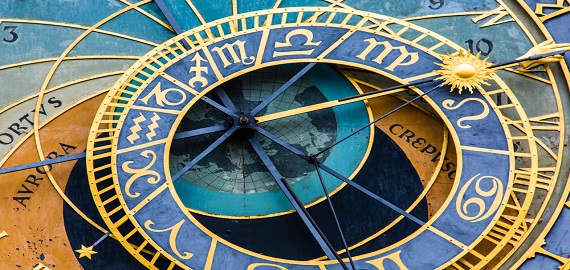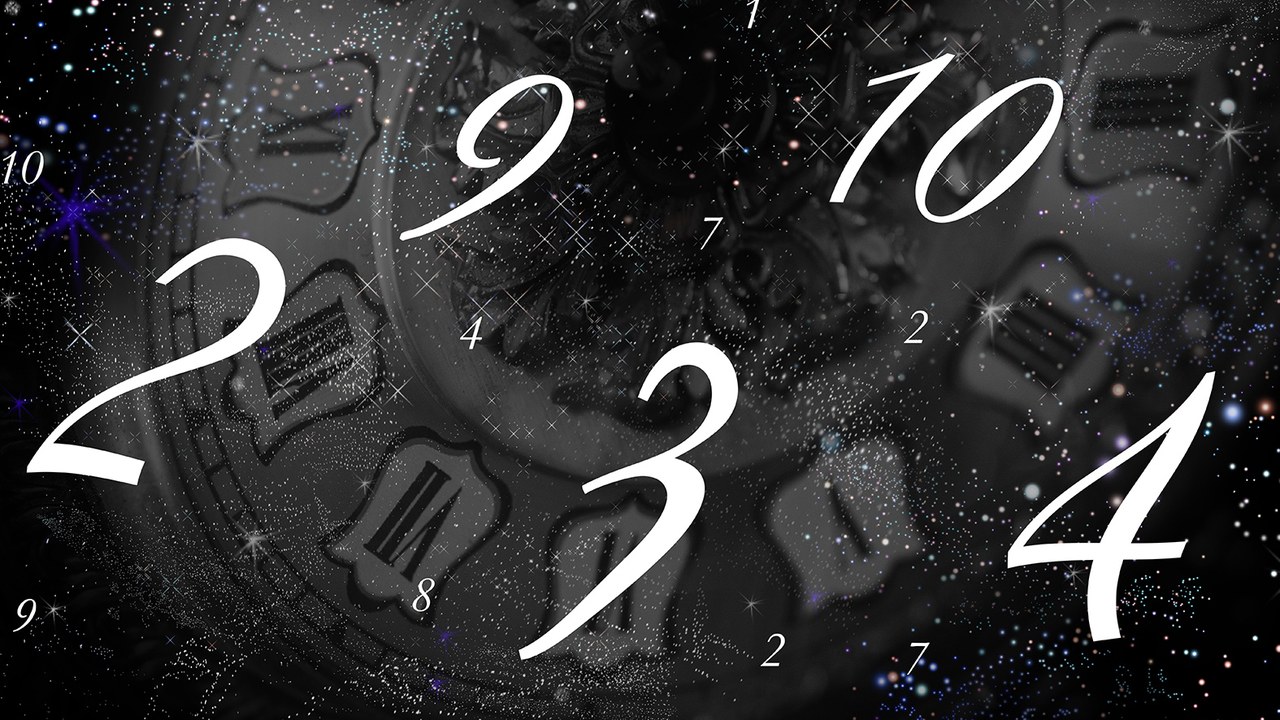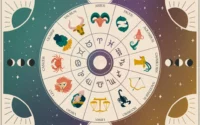What Are the Chinese Zodiac Animal Signs and Their Stories?
If you’re fascinated by culture and mythology, exploring the Chinese Zodiac animal signs can enrich your understanding of China’s rich traditions. These twelve animal symbols are more than mere calendar markers — they carry deep cultural meaning, influence personality traits, and weave through ancient legends. Whether you’re planning a trip to China or curious about its cultural tapestry, the Chinese Zodiac offers captivating stories that will enhance your travel experience.
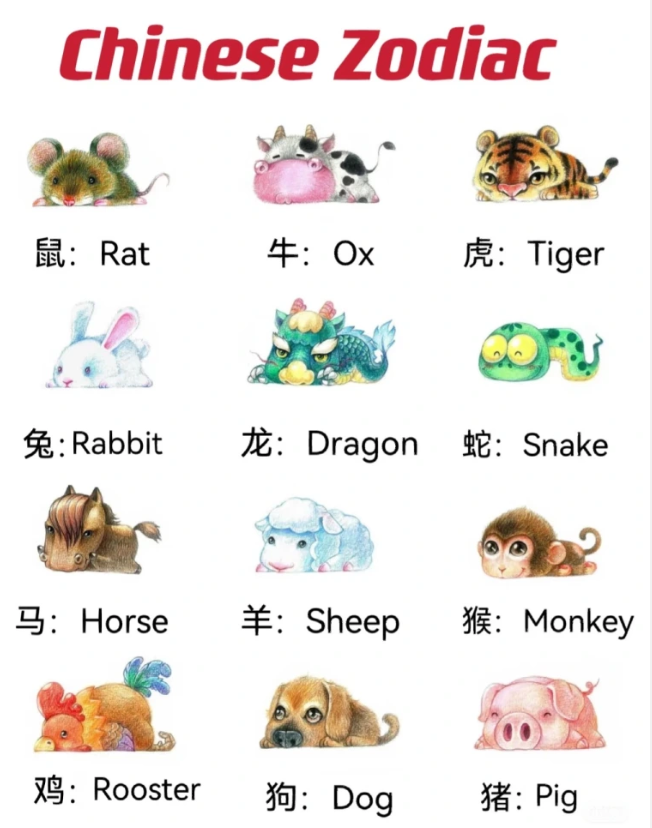
Content
The Legend Behind the Zodiac
The Chinese Zodiac, also known as Shengxiao (生肖), follows a 12-year cycle, each year associated with a different animal. According to legend, the Jade Emperor summoned all the animals for a great race to determine their place in the zodiac calendar. The order they arrived became their ranking, revealing traits attributed to each sign.
As you journey through China, you’ll notice the zodiac’s influence in art, architecture, festivals, and even daily life. Here are the twelve zodiac animals and the stories that define them:
The Twelve Chinese Zodiac Animals
- Rat (鼠 – Shǔ)
The clever and quick-witted Rat won the race by riding on the Ox’s back and leaping ahead at the last moment. People born in the Year of the Rat are considered resourceful and adaptable. - Ox (牛 – Niú)
Known for its strength and determination, the Ox came second after carrying the Rat. Those born in its year are regarded as hardworking and reliable. - Tiger (虎 – Hǔ)
The courageous Tiger raced energetically but finished third. People under this sign are often seen as brave and competitive. - Rabbit (兔 – Tù)
The Rabbit, fast but cautious, claimed fourth place. It symbolizes kindness and sensitivity. - Dragon (龙 – Lóng)
Despite its might, the benevolent Dragon chose to help others, arriving fifth. It represents power and good fortune. - Snake (蛇 – Shé)
The Snake used wisdom and strategy to finish sixth. People of this sign are considered wise and intuitive. - Horse (马 – Mǎ)
The spirited Horse galloped into seventh place. It signifies independence and energy. - Goat (羊 – Yáng)
Sharing its placement with kindness and teamwork, the Goat represents harmony and creativity. - Monkey (猴 – Hóu)
Playful and quick-thinking, the Monkey came in ninth. It symbolizes intelligence and humor. - Rooster (鸡 – Jī)
The punctual Rooster took tenth place. Those born under this sign are observant and confident. - Dog (狗 – Gǒu)
Loyal and trustworthy, the Dog finished eleventh. It embodies loyalty and honesty. - Pig (猪 – Zhū)
The Pig, kind and generous, came last but enjoyed the journey. It represents diligence and generosity.
Zodiac Symbolism in Chinese Culture
The Chinese Zodiac is more than folklore. It influences marriage compatibility, business decisions, and even holiday decorations. In places like Beijing, Shanghai, and Chengdu, temples and museums display intricate zodiac artwork. The Spring Festival (Chinese New Year) is a prime time to see zodiac-themed decorations and celebrations.
Travelers visiting China can explore zodiac-inspired attractions, including the Zodiac Fountain in Beijing’s Yuanmingyuan Park or zodiac sculptures in various cities.
Discover Your Zodiac Sign
Curious about your zodiac sign and its significance? Learn more at chinazodiac.org. The website provides personalized insights into each sign’s traits, compatibilities, and historical roots, offering an engaging way to connect with this ancient tradition.
Conclusion
The Chinese Zodiac is a journey through time, myth, and cultural identity. By understanding the stories behind the animals, travelers can deepen their appreciation for China’s heritage and discover how these ancient symbols continue to shape modern life.

Donna is your friend in the know. Her blog is a treasure trove of insightful tidbits on a wide range of topics. From wellness to technology, she’s your source for staying informed and inspired.
